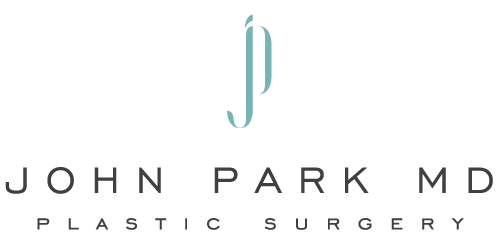11 May Saline & Silicone Breast Implants: The Benefits Of Each Type To Consider
Saline Vs. Silicone: What’s The Difference?
When choosing breast implants, there are two Food and Drug Administration (FDA) approved varieties. Silicone implants are filled with a special gel that’s designed to mirror the look and feel of human fat. Saline implants are put in place while empty, then filled with sterile salt water. Both saline and silicone implants come with benefits and risks.
Benefits of saline
Saline implants have been around for decades. Because the implant is put in place while empty, the incision scar may be smaller and less visible. Saline implants are also typically the less expensive option and are offered to patients 18 and older.
Benefits of silicone
Silicone implants offer more variety in terms of size, shape, and feel. These implants have been in use since the 1960s and have gone through many improvements and enhancements over the years. Many patients feel that silicone implants look and feel more natural. These implants are offered to patients 22 and older.
Drawbacks of saline
Saline implants may be more noticeable or visible underneath the skin. Some people may feel the salt water sloshing in the implant, although providers may overfill them slightly to reduce the risk of rippling and water sloshing.
Drawbacks of silicone
Although silicone implants may be preferable in terms of feel and look, a ruptured silicone implant is more dangerous than a saline one. People who have silicone implants need regular monitoring with a healthcare provider to ensure no ruptures have occurred. Silicone implants may also be more expensive.
Are they both safe?
Both saline and silicone implants are FDA-approved. Some prefer the safety of saline implants in case of rupture. If a saline implant bursts, the salt water is reabsorbed by the body. Patients know right away if a saline implant bursts and can seek care immediately. If a silicone implant ruptures, patients may not detect it right away, known as a silent leak. If either type of implant ruptures, patients will need surgery to remove, and possibly replace, the implants.
How do I choose?
A consultation with a certified breast surgeon helps with choosing the right implant type, size, and shape. The ideal implant choice varies based on multiple factors, including a person’s body type, size, and personal preferences. A breast surgeon will make recommendations by taking height, weight, body frame, hip width, and shoulder width into account. There are pros and cons to both saline and silicone, and many women experience high levels of satisfaction with both choices.



